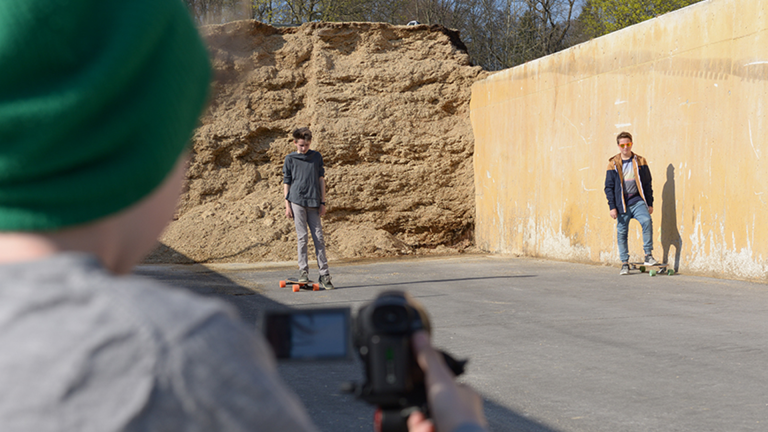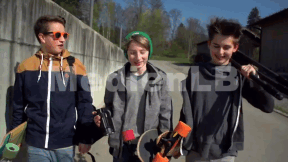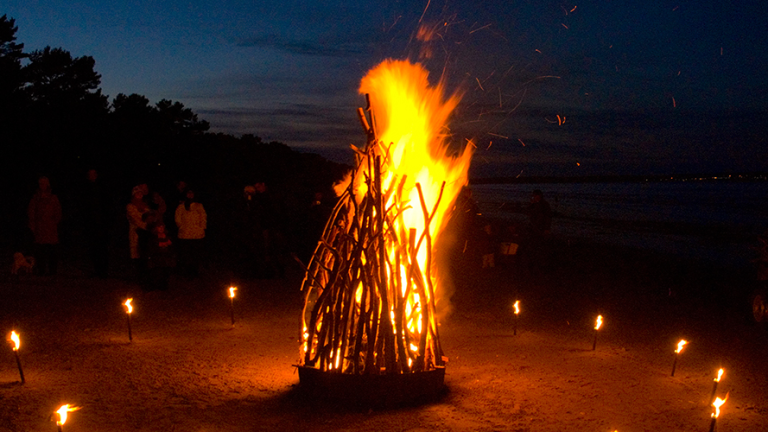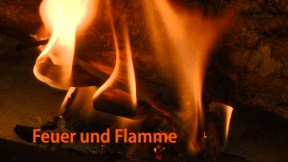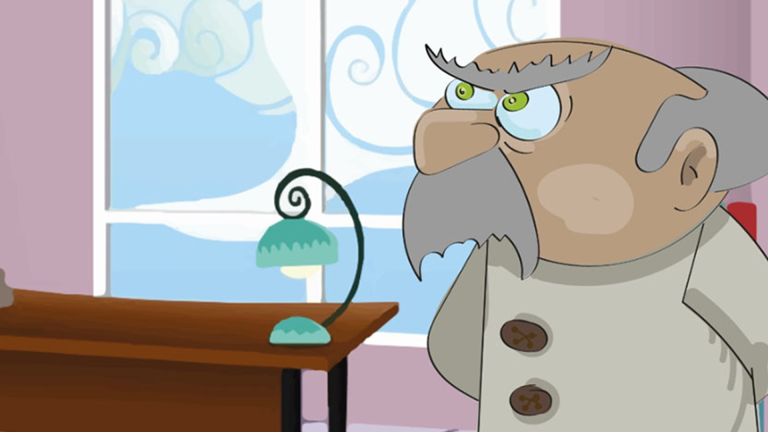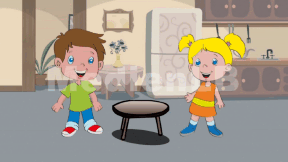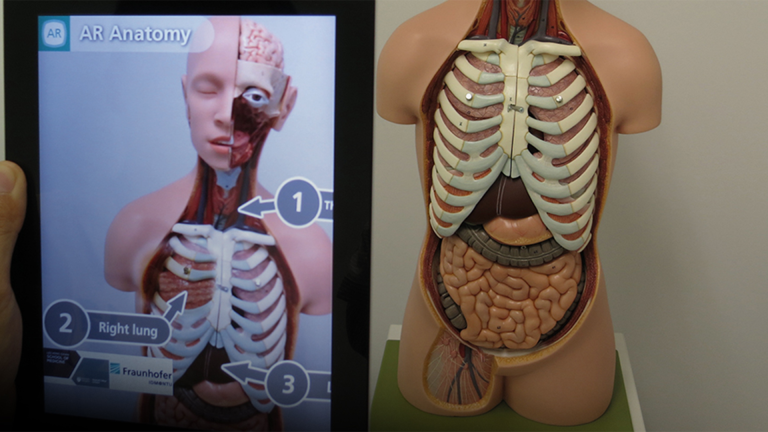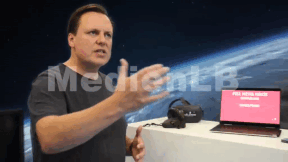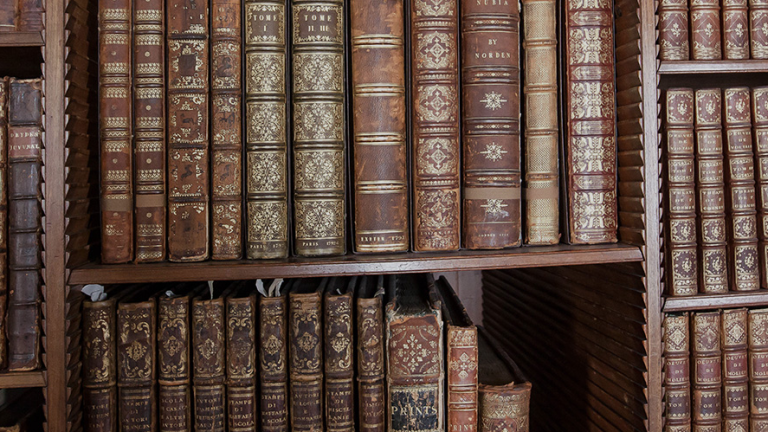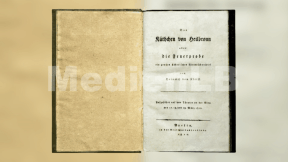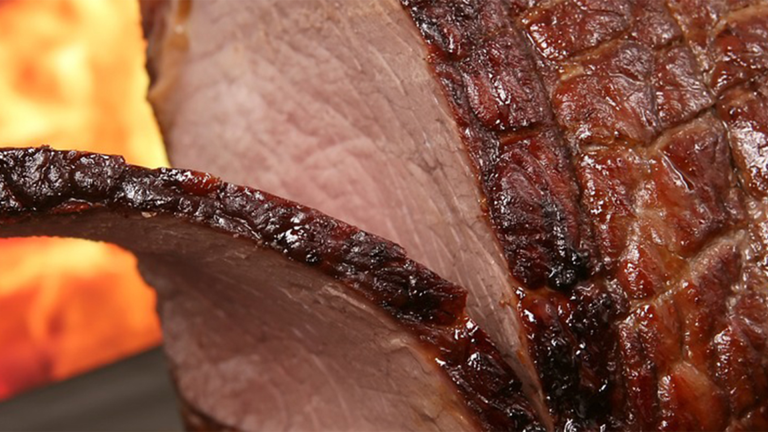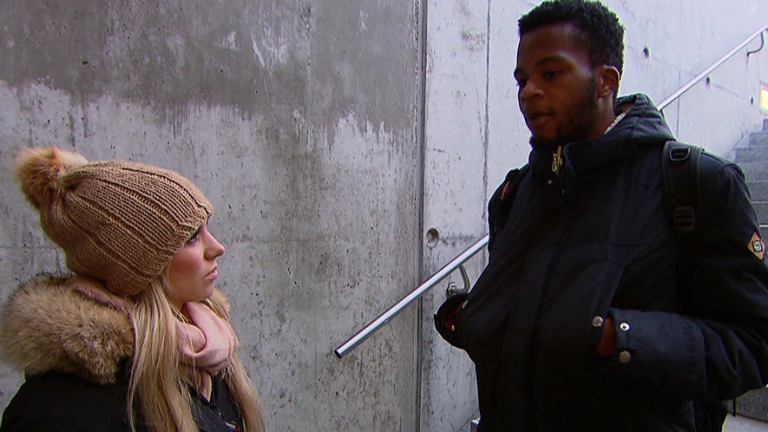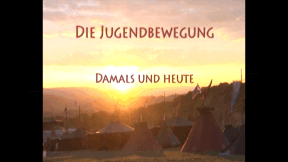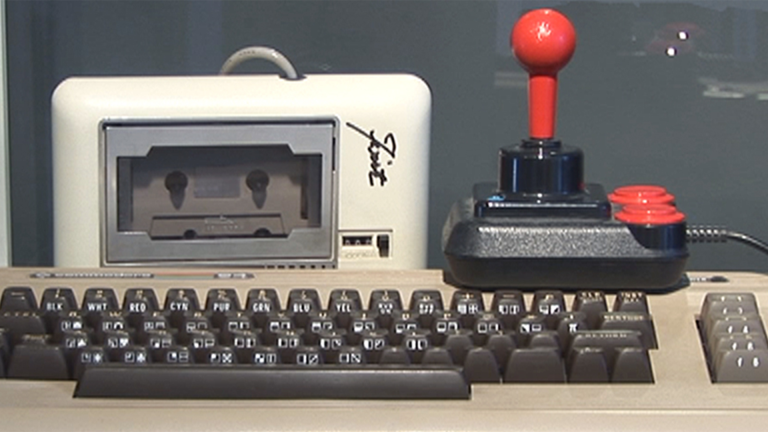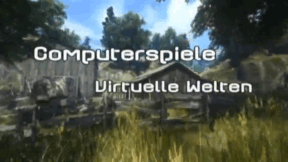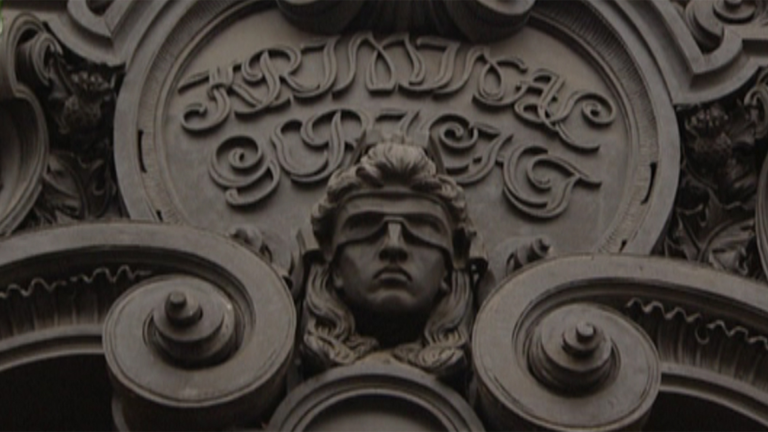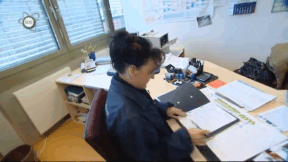Suche:
- # Artistry
- # Biology
- # Chemistry
- # Ecological
- # Economy
- # English
- # Foreign Language
- # Geography
- # German
- # Health
- # History
- # Informatik
- # Latin
- # Mathematics
- # Media Education
- # Music
- # Physics
- # Politics / Civics
- # Preschool
- # Primary School
- # Religion
- # Society
- # Sports
- # Technology
- # Training of Teachers
- # Vocational Education
Videokurs II
Schon mit einfachen Camcordern, sogar mit dem Handy kann man Videos mit einer ansprechenden Bildqualität drehen.
Learn moreFire and Flame
Fire – one of the most important human discoveries. It gives us warmth and light, conveys security and fascinates us with its dancing flames.
Learn moreThe European Central Bank (ECB)
Central banks, which are also referred to as banks of issue, have a controlling function in the monetary economy. They are responsible for stabilising price levels. This means that they are supposed to ensure that the goods we purchase will have a roughly similar price in the future. This control is exercised via the amount of money the central bank gives to commercial banks. Thus, central banks are banks for banks.
Learn moreErörterung
Der animierte Film erklärt in unterhaltsamer Weise eine Aufsatzart, die die Schüler von der 7. Klasse bis zum Abitur begleitet: die Erörterung.
Learn moreVirtual und Augmented Reality
Virtual und Augmented Reality bietet Schülerinnen und Schülern einen echten Mehrwert beim Lernen. Unterrichtsgegenstände, die bislang ausschließlich abstrakt vermittelt werden konnten, lassen sich verblüffend realistisch für SchülerInnen greifbar und erlebbar machen.
Learn moreHeinrich von Kleist
Heinrich von Kleist (1777-1811) left posterity a work that is often inaccessible to easy access. Even the epoch assignment is not easy for him, who began publishing in the Weimar Classical period and committed suicide in the Romantic era. His work was far ahead of its time, it was outside of its time.
Learn moreFake News
Otto von Bismarck sagte einst: „Es wird niemals so viel gelogen wie vor der Wahl, während des Krieges und nach der Jagd.“ Auch er selbst nutzte gefälschte Nachrichten, heute nennt man sie „Fake News“, um einen politischen oder strategischen Vorteil zu erlangen.
Learn moreFleisch vom Discounter
Fleisch in deutschen Discountern – so günstig wie nirgendwo in Europa.
Learn moreDiskriminierung Einzelner im Alltag
"Zeit für Helden – Und was machst Du?" schafft Aufklärung rund um die Themen Diskriminierung, Rassismus, Vorurteile und Zivilcourage.
Learn moreYouth Movement
Dancing until your feet hurt: Here, at the meeting on the Hoher Meissner near Kassel, 3,500 participants from Boy Scout associations, youth and Wandervogel groups from all over the German-speaking region have gathered. They want to celebrate, simply get to know each other and commemorate a historic anniversary.
Learn moreComputer Games
This film covers the topic of computer games in a variety of ways and from many different angles. Apart from the fascina- tion of computer games for users, the historical development as well as the production of computer games are described. The established genres are introduced, the guidelines of the German BPjM are explained. In light of recent public discussions, a neutral overview of the pros and cons of playing computer games is given, and different kinds of player behaviour are outlined. In this film, the pupils will recognise many aspects of their favourite pastime that encourage an independent, constructive use of this medium and reinforce their media competency. The film and teaching material are very closely related to the real-life situation.
Learn moreRecht verstehen
Von der Approbationsordnung für Apotheker bis hin zum Zerlegungsgesetz – in Deutschland wird fast alles durch Gesetze und Verordnungen geregelt. Kein Wunder, dass es in der Bundesrepublik über 1.900 Gesetze und mehr als 3.400 Verordnungen gibt. Diese unterteilen sich in 76.382 Artikel und Paragrafen. Wer kann da noch den Überblick behalten? Und sind alle Regelungen wirklich sinnvoll? Das finden Joey Grit Winkler und Fero Andersen für "Schau dich schlau!" heraus und entdecken dabei so manche Kuriosität. Nicht nur die juristische Fachsprache ist für Laien verwirrend, die Inhalte der Gesetze werfen oft Fragen nach ihrem Sinn auf. In der Verfassung von Hessen existiert sogar noch die Todesstrafe. Doch da diese im Grundgesetz abgeschafft wurde, ist das Gesetz glücklicherweise ungültig. "Schau dich schlau!" wirft auch einen Blick auf die populärsten Rechtsirrtümer. Diese passieren nicht nur im großen Stil, sondern begegnen uns tagtäglich beim Einkaufen, Zuhause oder im Büro. Besonders beliebt ist in Kaufhäusern der Hinweise "Reduzierte Ware ist vom Umtausch ausgeschlossen". Stopp, sagen die Gesetzgeber. Wenn die Ware mangelhaft, darf der Kunde das reklamieren, auch bei Sonderangeboten.
Learn more



